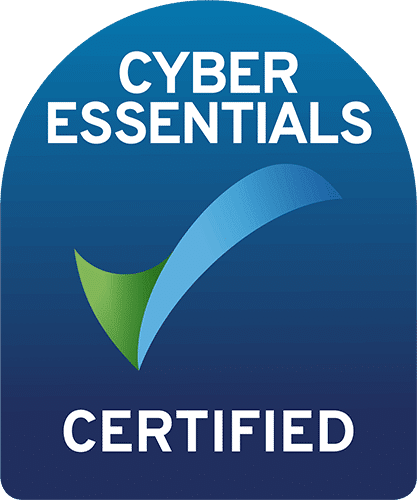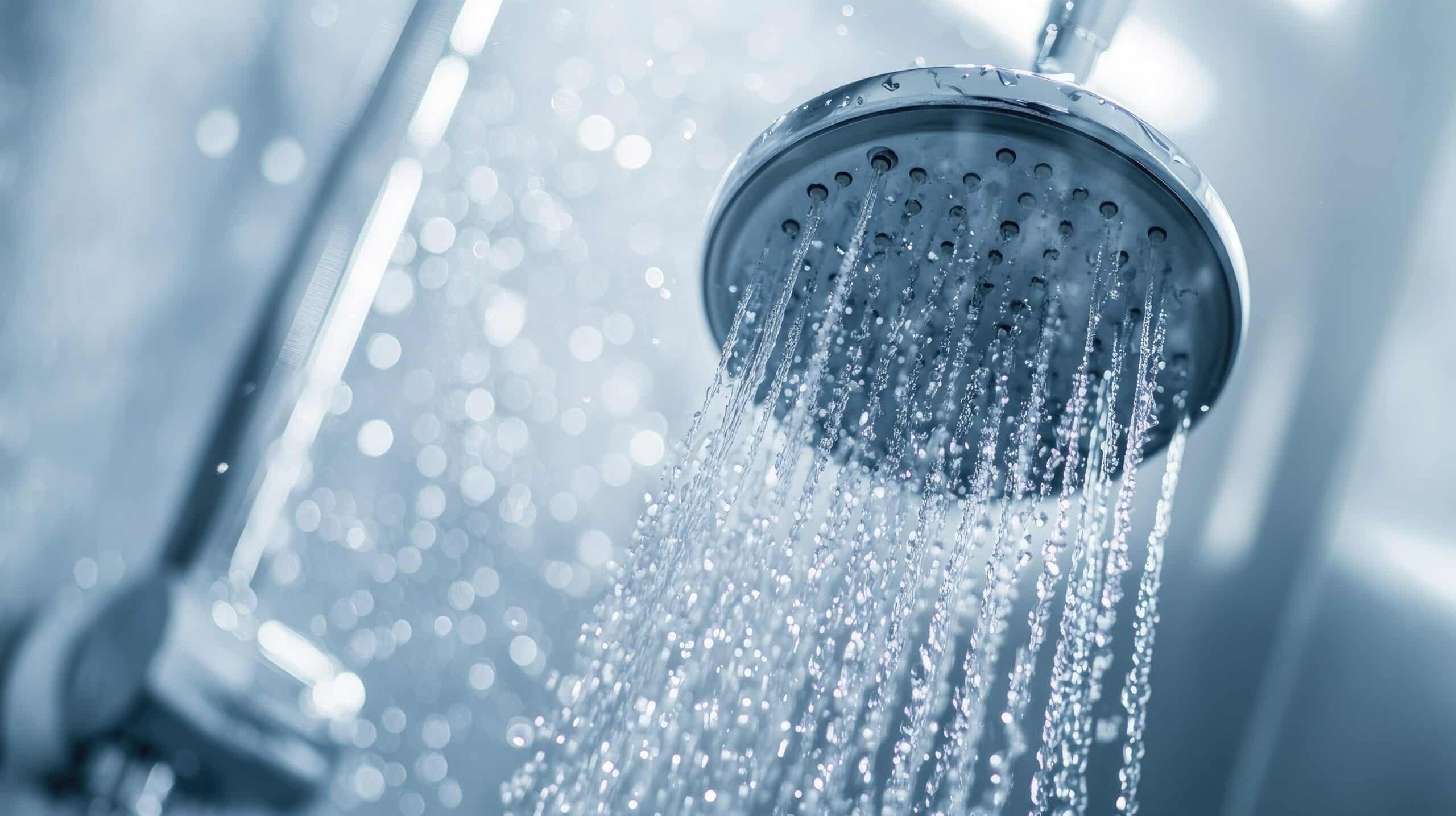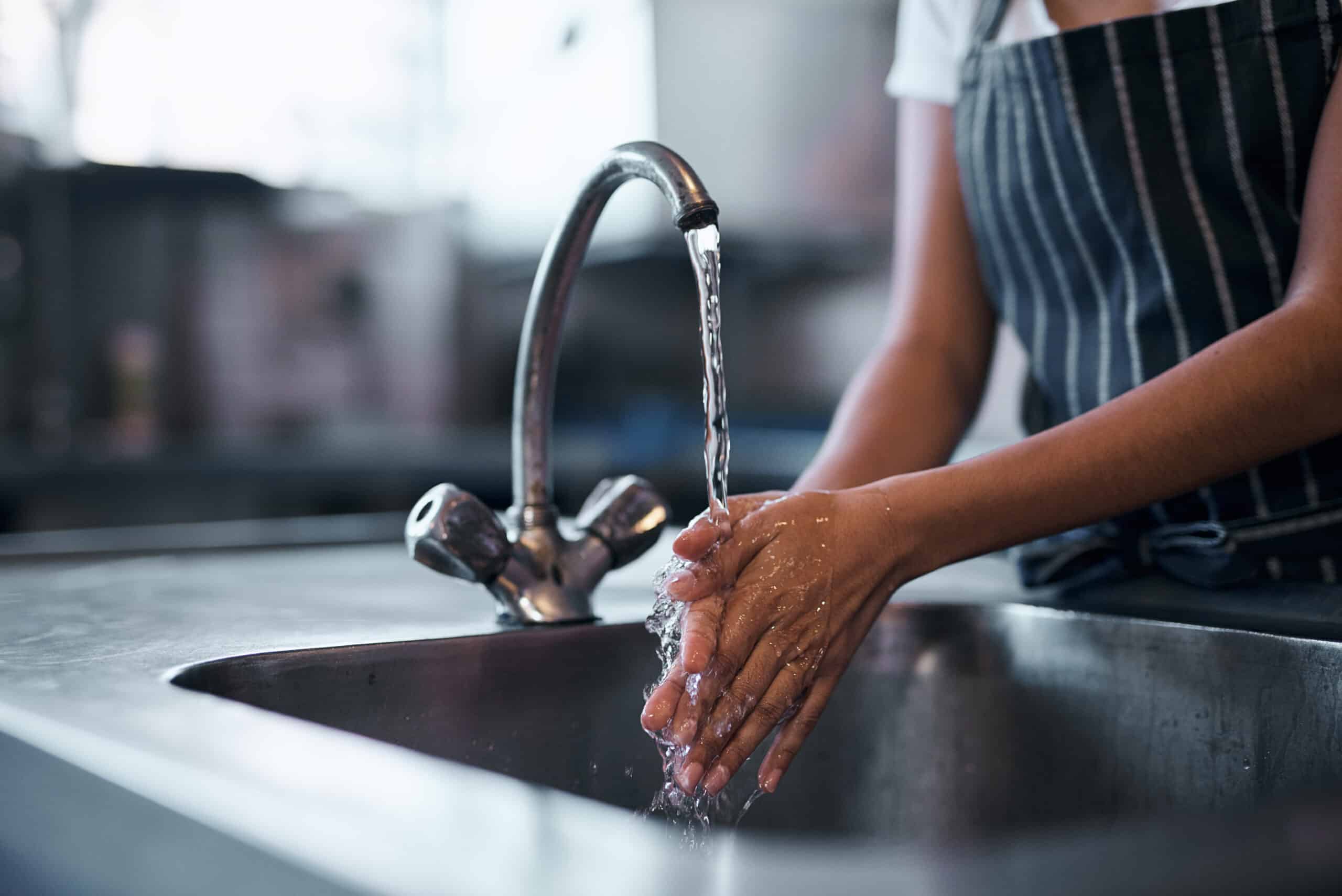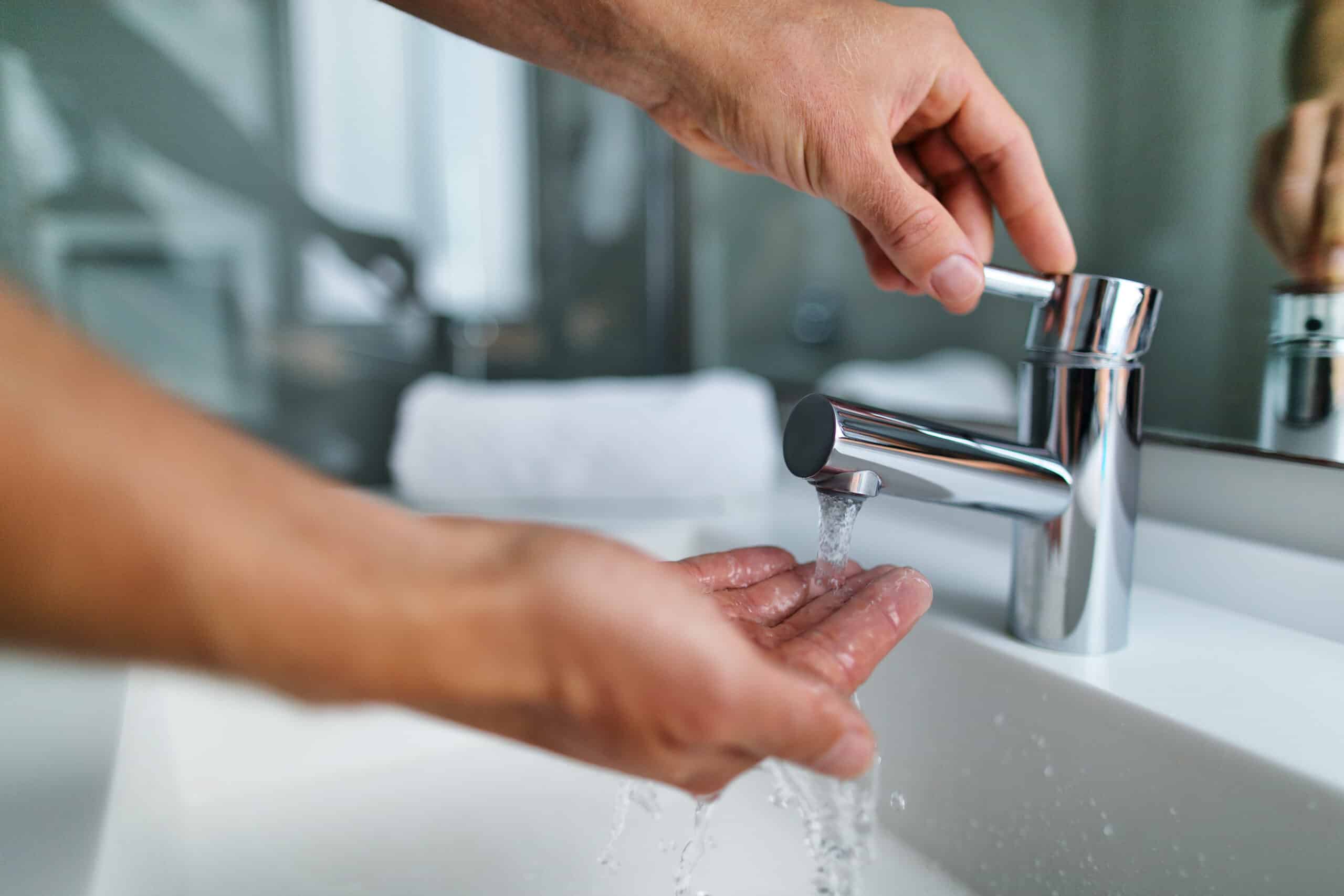Legionella Risk Assessments
Legionella Risk Assessments with Primary Water Solutions
The foundation of our service is a detailed initial risk assessment. Our Legionella risk assessments are designed to provide the insights and guidance needed to maintain a safe and compliant water system.
We conduct thorough inspections and evaluations of water systems to identify potential hazards and vulnerabilities. This includes examining water sources, storage facilities, and distribution systems. Our goal is to gain a comprehensive understanding of the current state of our customers water hygiene and pinpoint any areas that require attention.

Legionella Water Risk Assessment Process
Our process involves a meticulous approach to ensure no detail is overlooked. We provide a full report outlining our findings and recommendations, including a priority timeframe for addressing any identified issues. This ensures that a clear and actionable plan is provided to improve water hygiene standards.
We include a comprehensive schematic drawing that maps out all water system outlets in the building. This detailed diagram serves as a crucial tool for understanding water system layout and for planning any necessary remedial actions. As a standard, the report includes a prioritised, risk-based list of recommendations and a site-specific list of routine control measures. Feedback from clients typically indicates that our reports are clearly written and structured in a way that is understandable for people at all levels of knowledge.

Risk Assessments for Scalding Control
Risk assessments for scalding control are essential in environments where hot water systems are in use, such as healthcare facilities, schools, and residential care homes. These assessments identify potential hazards associated with hot water temperatures, which can cause severe burns or scalds, particularly in vulnerable settings such as the elderly, children, and individuals with disabilities. The process involves evaluating the design and maintenance of hot water systems, ensuring that thermostatic mixing valves (TMVs) are installed and functioning correctly to regulate water temperature. Regular inspections and temperature monitoring are conducted to maintain safe levels, typically below 50°C at outlets. Additionally, staff training and clear signage play a crucial role in mitigating scalding risks, ensuring that users are aware of potential dangers and the measures in place to protect them.
Risk Assessments for Pseudomonas Control
Pseudomonas control risk assessments are vital in healthcare settings where water systems can harbour the bacteria, posing a significant infection risk to immunocompromised patients. The assessment process includes identifying and mapping out water systems, pinpointing potential contamination sources such as taps, showers, and other water outlets. Regular water testing for Pseudomonas aeruginosa is conducted, alongside a review of cleaning and disinfection protocols.
The assessment also involves evaluating the effectiveness of current water treatment processes and the condition of plumbing infrastructure to prevent biofilm formation. Mitigation measures include routine flushing of water systems, installation of point-of-use filters, and ensuring that hot and cold-water systems are maintained at appropriate temperatures to inhibit bacterial growth. Staff education on the importance of stringent hygiene practices and prompt reporting of water quality issues is critical to controlling the spread of Pseudomonas.
News
We work in
Education
Healthcare
Industrial
Local authority
Facilities management
Commercial
Historical
Housing
Hotel & leisure
Can’t see your industry?
Looking for a tailored package?
Speak to a member of the team today to get a custom quote for your specific requirements
Your questions answered
Still have questions? Contact us for more information.





